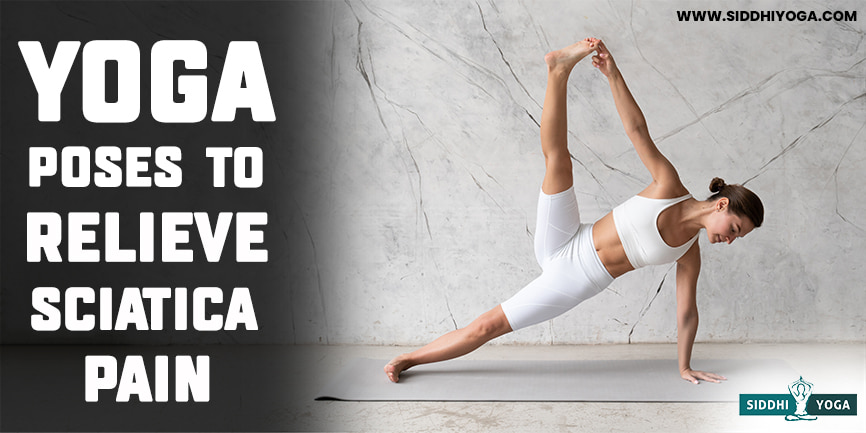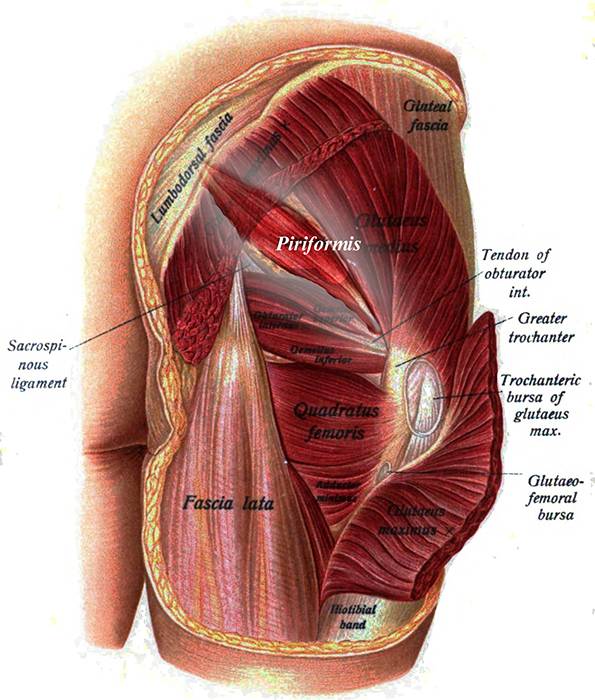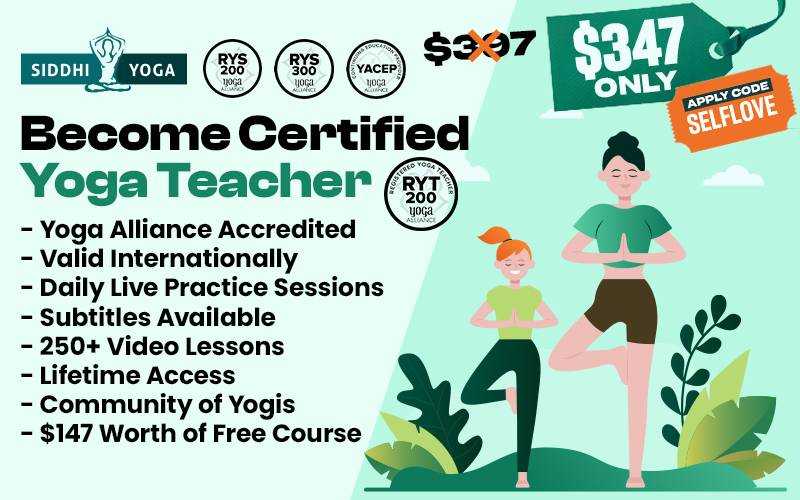
Sciatica is an increasingly common problem in our society. It is estimated that about 5 percent of people in the United States currently suffer from sciatic pain, and up to 40 percent will experience it at some point in their lifetime.
The sciatic nerve is the longest and widest nerve in the human body, and it runs from deep within the pelvis to the back of the knee joint, where it branches into two separate nerves that run all the way to the foot.
Because it covers so much ground, the causes of sciatica can be pretty wide-ranging and it’s severity can range from a mild nuisance to a debilitating physical condition. However, it is usually characterized by some kind of irritation of the nerve that results in tingling, tenderness or pain.
These sensations can run from the lower back, through the buttocks and down the back of the leg. Common symptoms also include numbness in the foot or lower leg, weakness in the legs and reduced reflexes in the knee and Achilles tendon.
The Causes of Sciatica
Before you decide to undertake a yoga program to treat your sciatic pain, it is very important that you know what it’s caused by. Persistent sciatic pain can be caused by a herniated disk in the lumbar spine which may require medical intervention.
The other most common cause is something called piriformis syndrome. The piriformis is a small muscle deep inside the hip that aids in externally rotating the leg. The sciatic nerve runs between the piriformis and a group of hard tendons that run between the sacrum and the pelvis.
When the piriformis becomes tight it can press the sciatic nerve into these tendons, which will irritate it when performing basic movements like walking, bending over, sitting down and driving a car.
The yoga poses that follow are generally intended for those whose sciatic pain is caused by a tight piriformis. If your pain is caused by a herniated disk, do not take up a yoga practice without consulting a medical professional.
Forward-bending poses which are very helpful for a tight piriformis can aggravate a herniated disk, particularly if done incorrectly. Even if you get the all clear from a doctor, it is advisable to seek the direct guidance of an experienced yoga teacher who can tailor the practice to your needs.
Yoga Poses for Sciatica
In order to experience sciatic pain relief with yoga you will need to stretch and tone all of the muscles that run the length of the sciatic nerve, with particular focus on the piriformis and other deep external rotators of the hip.
Hold these poses for as long as is comfortable, at least a minute or two.
It’s important not to push too hard. Allow the body to open naturally over time. If the piriformis is overstretched it can cause further aggravation of the sciatic nerve.
Ardha Matsyendrasana, Half Lord-Of-The-Fishes Pose
Begin by sitting on the floor in a comfortable cross legged position. If sitting cross legged causes discomfort, it is appropriate to elevate yourself off of the floor using a pillow, block or even a rolled up towel.
Cross the right leg over the left and place the bottom of the right foot on the outside of the left thigh. The right knee should be pointing towards the ceiling.
The left leg should remain bent with the bottom of the foot facing the back of the room.
Place the right hand on the floor a few inches behind your sitting bones. On an inhale, reach the left arm overhead. On an exhale, begin twisting to the right.
The left arm can hook across the knee, supporting the twist by pressing the arm into the leg. If that’s too difficult, simply hold the right knee with the left arm.
As you deepen the twist, be sure to continue lengthening the spine, drawing the crown of the head towards the ceiling
Repeat the posture on the other side.
Baddha Konasana, Bound Angle Pose
Begin in a seated position on the floor with the legs out in front. Draw the feet together so that the knees fall out to the side. Take hold of the feet with your hands, opening them up like a book.
If there is any pressure in the knees, place a couple of rolled up blankets, or a couple of blocks, underneath the thighs just above the knee. This should allow you to release into the pose while keeping the knees elevated.
Most people will find that they are able to access more of a stretch with their feet further away from their public bone, though some may be able to bring them in close to the body. Either is appropriate, as long as there is no pressure in the knees.
On an inhale, expand through the chest, reaching the crown of the head towards the ceiling. On an exhale start to fold forward, reaching the crown of the head towards the front of the room. If folding forward is not accessible, it may be beneficial to place the hands behind you and press into the floor to encourage the back to lengthen.
Anjaneyasana, Low Lunge
Begin in a tabletop position with the hands under the shoulders and the knees under the hips. Step the right foot forward so that it’s between the hands and enter a low lunge position.
Adjust the position so that the left knee is behind the left hip until you feel a pronounced stretch through the front of the left leg. Press both feet into the floor and open the chest, reaching the crown of the head towards the ceiling.
Beginners will find more support by placing the hands on the right thigh. More experienced practitioners can reach their hands up towards the ceiling on an inhale, opening the chest and shoulders further.
Repeat the posture on the other side.
Supta Padangusthasana, Reclined Hand to Big Toe PoseBegin by lying on the back with the legs together.
On an inhale lift the right foot towards the ceiling, stretching the back of the leg. Begin by interlacing the hands behind the right thigh and straightening the leg so that the heel presses towards the ceiling.
After a few moments here, if it is available, you may wish to bend the knee slightly and take hold of the big toe with index and middle fingers. A yoga strap can be a great help here. Simply wrap the strap around your foot just under the toe mounds and pull back gently on it with the right hand.
Make sure the shoulders are kept on the floor the whole time during this pose.
After a minute or two in this pose, bend the knee and draw the leg out to the right side, opening up through the hip. If you are holding the toe or using the strap, take the leg out to the side while keeping it as straight as possible. Keep both sitting bones in contact with the floor as you do this.
After a minute or two in this pose, bring the leg back into centre and repeat the pose on the other side.
Supta Kapotasana, Reclining Pigeon Pose
Begin by lying on the back with the legs together.
Bend the legs so that the feet are flat on the floor. Place the right heel across the left thigh just above the knee so that the right knee is coming out to the side, opening up through the hip. Flex the right foot.
Stay in this position and passively allow the hip to open. Alternatively, you can deepen the stretch by interlacing the hands behind the left thigh and gently pulling the left knee in towards the body.
Keep the head and shoulders on the floor as you do this and be careful that there is no pressure in the right knee. If there is, assume the previous position.
Hold for as long as is comfortable and then repeat the pose on the other side.
Yoga is a fantastic way to help relieve sciatica-related pain.
These poses are a great way to target the effected regions. However, Yoga works best as a holistic practice that targets the whole body as an interconnected system, in conjunction with living a clean and ethical lifestyle.
It is always recommended to undertake a complete practice that stretches and strengthens the entire body while focusing on the breath and the interaction between mind and body.
If you’d like to learn a complete Hatha Yoga practice from start to finish, we offer many online Yoga Alliance-certified teacher training courses with a team of teachers who have a life-time of experience under their belt.
Register today and learn an ancient and rigorous system of self-healing!


Responses